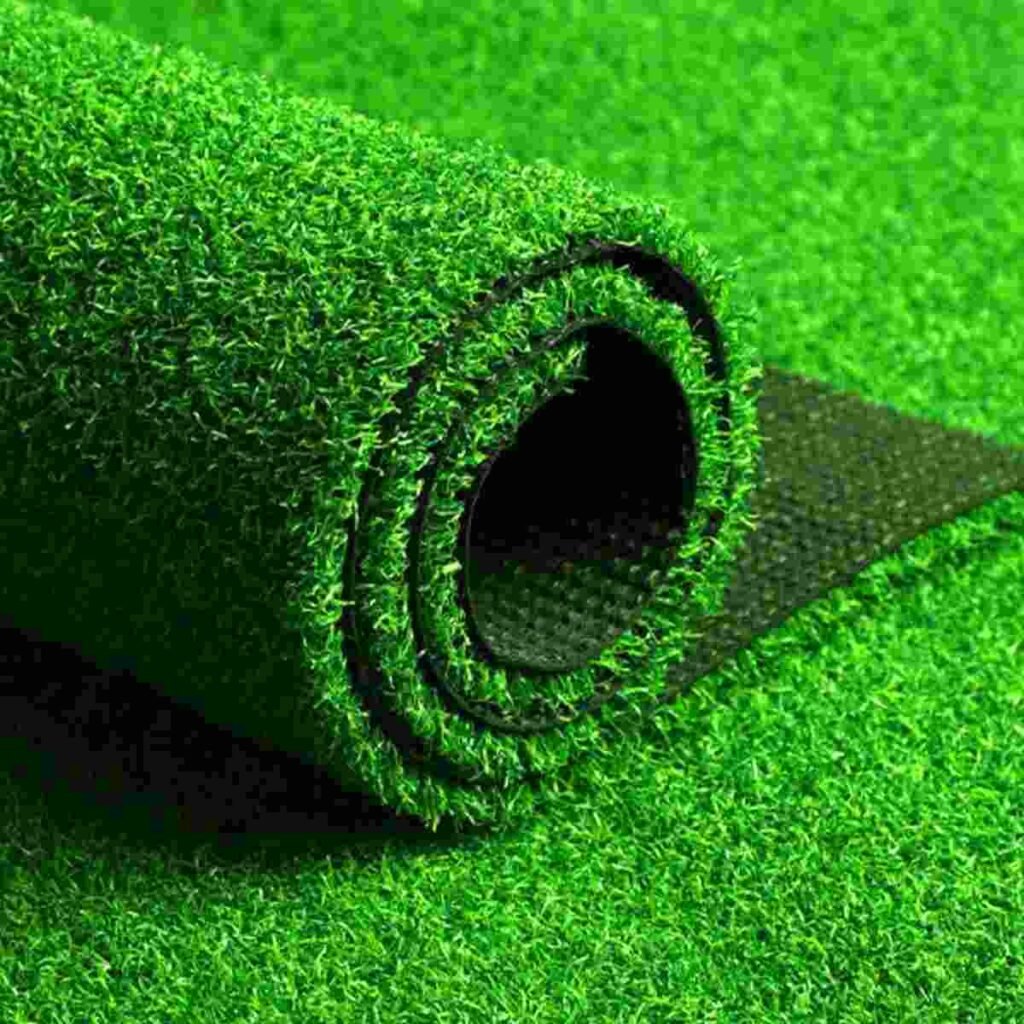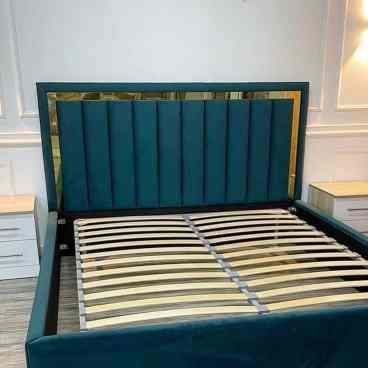False Ceiling
What is a False Ceiling?
Benefits of False Ceilings:
- Aesthetic Appeal: False ceilings can enhance the visual appeal of a room by creating a smooth, uniform surface and hiding unsightly ductwork, pipes, and wiring.
- Acoustic Benefits: False ceilings can help reduce noise levels and improve sound quality by absorbing sound waves.
- Energy Efficiency: False ceilings can help reduce energy consumption by providing additional insulation and reducing heat loss.
- Concealment: False ceilings can conceal unsightly features such as ductwork, pipes, and wiring, creating a cleaner and more organized appearance.
- Flexibility: False ceilings can be designed to accommodate various lighting fixtures, air conditioning vents, and other features.
- Gypsum Board Ceilings: Made from gypsum board, these ceilings are durable, fire-resistant, and suitable for most residential and commercial applications.
- Mineral Fiber Ceilings: Made from mineral fiber, these ceilings are known for their acoustic properties and are often used in commercial and industrial settings.
- Metal Ceilings: Made from metal, these ceilings are durable, corrosion-resistant, and suitable for high-traffic areas.
- Suspended Ceilings: Made from a grid system, these ceilings are easy to install and provide access to the space above the ceiling.
- Material Selection: Choose materials that suit your needs, budget, and aesthetic preferences.
- Design Style: Consider the design style of your space and choose a false ceiling that complements it.
- Lighting: Plan for lighting fixtures and ensure they are integrated into the false ceiling design.
- Acoustics: Consider the acoustic properties of the false ceiling material and design.
- Professional Installation: Hire a professional to ensure a safe and proper installation.
- Regular Maintenance: Regularly inspect and maintain your false ceiling to ensure it remains in good condition.
Other Products.
FAQs.
What is a false ceiling?
A false ceiling is a secondary ceiling installed below the main ceiling of a room or building, often to improve aesthetics, acoustics, or energy efficiency.
What are the benefits of a false ceiling?
Benefits include improved energy efficiency, enhanced aesthetics, better acoustics, and the ability to conceal unsightly ductwork, pipes, or wiring.
What types of false ceilings are available?
Types include suspended ceilings, drop ceilings, grid ceilings, and modular ceilings, each with its own unique characteristics and benefits.
What materials are used for false ceilings?
Materials include gypsum board, mineral fiber, acoustic panels, PVC, and metal, each offering different benefits and aesthetics.
Can false ceilings be customized?
Yes, false ceilings can be customized to fit specific design needs, including shape, size, color, and material.
How do I maintain a false ceiling?
Regularly clean the false ceiling, inspect for damage or sagging, and address any issues promptly to ensure its longevity.
Can false ceilings improve energy efficiency?
Yes, false ceilings can improve energy efficiency by providing insulation, reducing heat gain or loss, and concealing ductwork and pipes.



